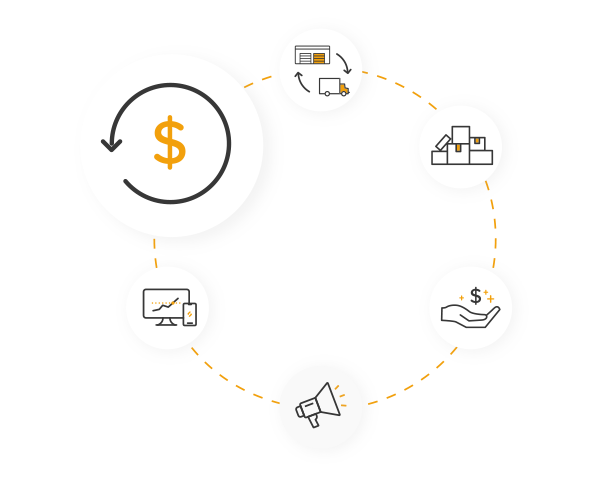Did you know that while the majority of retailers understand the impact their returns experience can have on customer loyalty and their bottom line, many still choose to underinvest in it? We call this discrepancy the returns divide.
In this Returns Report webinar, Leslie Newton, Plow & Hearth CEO, joins our returns experts to discuss how top retailers have seen retail returns grow over the past year, how returns can impact customer experience, and how retailers plan on investing (or not investing) in their returns processes. Plus, get an exclusive sneak preview at the results of recent retailer research, conducted in partnership with Retail Dive’s studioID.
The Rise of Returns in 2020
In the past year, retail has put a huge focus on the increase of returns due to the rise of online shopping, which notoriously has a higher return rate than that of brick-and-mortar. The National Retail Federation estimated that consumers returned $428 billion in merchandise to retailers in 2020, a 16% increase from 2018[1].
We surveyed 250 top retailers (with more than $300M in annual revenue) and asked whether or not their return volumes rose in 2020. In response, 55% of retailers reported that returns had increased and 13% of retailers reported not knowing if returns had increased[2]. While the latter may be deceptively low due to the surveyed retailers’ inventory categories, Ken Lim, our SVP of Client Development, noted both percentages are still surprising, as many retailers weren’t expecting this level of ecommerce volume until 2024.
The Impact on the Customer Experience
Many retailers reported experiencing an increase in returns, but what were they doing about it? It’s no secret that the returns experience can make or break a consumer’s perception of a brand or retailer. In fact, our research shows that 69% of retailers either agree or strongly agree that their returns process impacts the customer experience.
For Plow & Hearth, they understood their core competencies were in product quality fulfillment and customer service. Returns were their missing factor in the full customer journey. When selecting a reverse logistics provider, Newton shared that the company chose Optoro due to the quality of our people, the ability to fulfill returned-to-stock products from our warehouse, and our selection of available enhancements, such as Express Returns and Instant Exchange, that can improve the overall customer experience.
Retailers’ Investments
It’s clear that returns are increasing and retailers now understand their impact on customer loyalty. So, they must be investing in returns, right? Not exactly, hence the returns divide. Our data revealed that only 22% of retailers will invest in returns processing technology and merely 16% of retailers will invest in returns portals in 2021.
Ben Sayles, our Strategic Retail Advisor, was surprised to learn from our research that 45% of retailers aren’t investing in returns technology the right way. Rather, many are using some kind of homegrown solution or something they’ve already purchased. Meanwhile, an outsourced solution that constantly updates and refreshes is beneficial to fit consumers’ rapidly changing behaviors and make the whole returns process easier.
Find out the latest on retailers’ current returns processes by downloading our report, “Is Your Returns Process Helping or Hurting Your Customer Experience.” Also, feel free to schedule a demo to speak with our team about a better returns experience for your business.
If you found this webinar on the returns divide helpful, check out our other resources for retailers:
Sources:
1. $428 Billion in Merchandise Returned in 2020 | NRF | January 11, 2021
